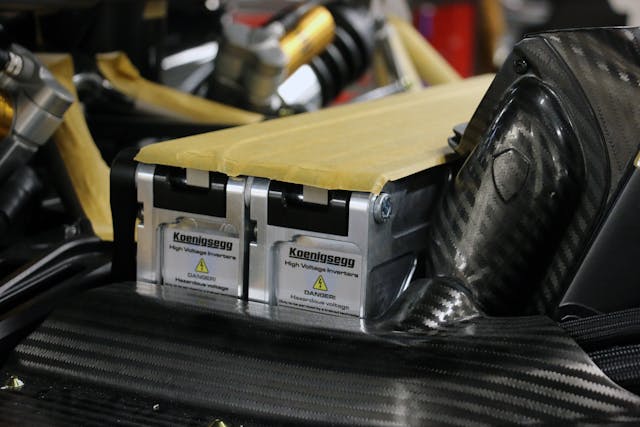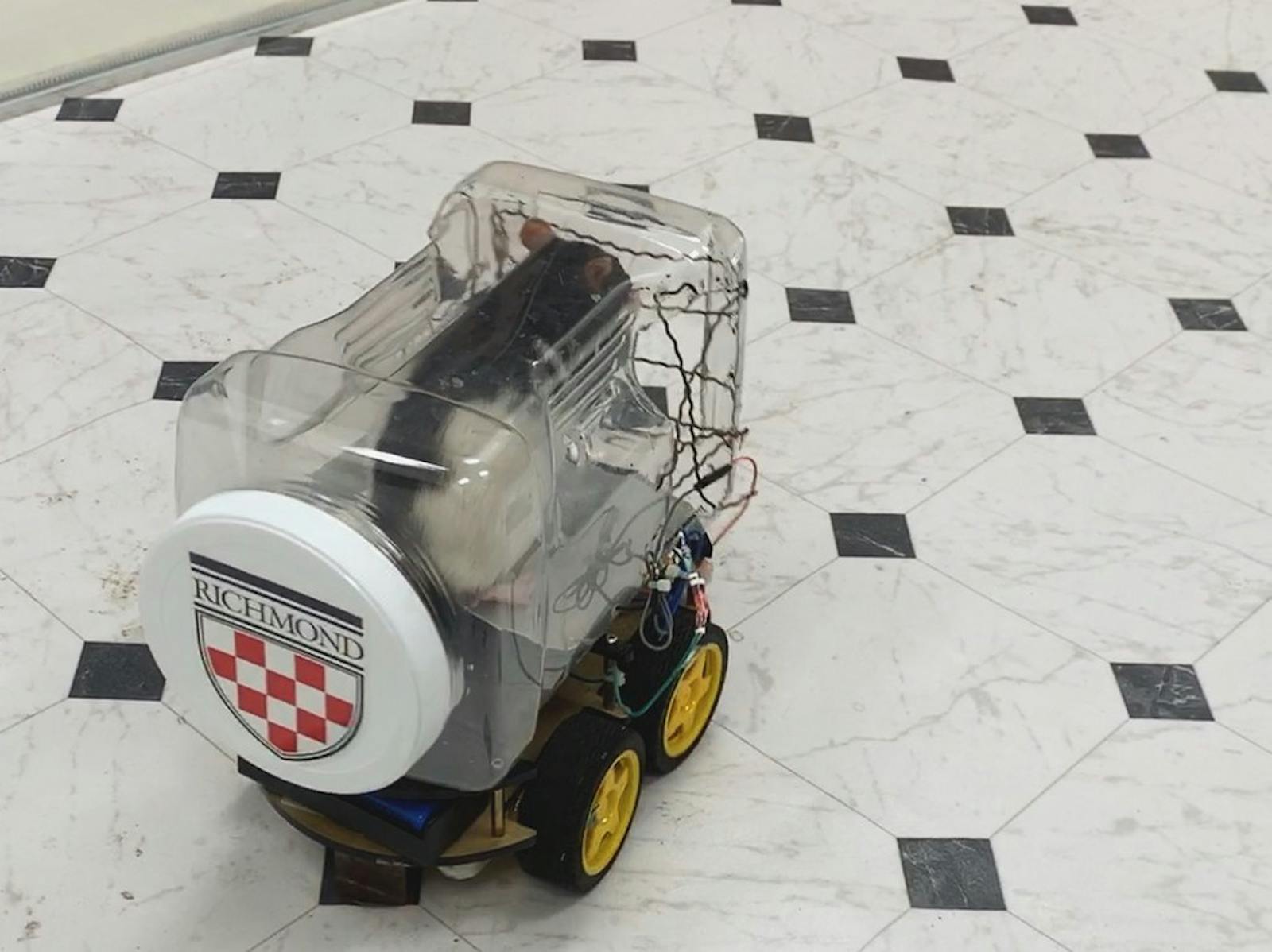Why your EV doesn’t have the high-tech batteries Koenigsegg is using
The Koenigsegg Regera is a performance hybrid with direct drive, meaning that, off the line, it uses the 664 lb-ft of instant electric torque generated by its trio of electric motors to get going before its 1100-plus-hp, 5.0-liter, twin-turbo V-8 kicks in for the fastest 0–250-mph run one can experience in a car. Having no gears to speak of helps with that; however, the car’s high power density requirement called for 384 very expensive lithium-ion cells that give no electric range at all.
Koenigsegg’s relatively small, 4.5-kWh battery pack is built by Rimac and uses 26700-type lithium-ion cells grouped into six 64-cell modules for 704 electric horsepower that can unleashed without any delay. With the entire system flooded, this compact 145-pound unit is all about its unique cell chemistry, which doesn’t mind rapid charging and discharging, or operating at its peek voltage of 806 volts.

As Koenigsegg’s EV propulsion systems director Jonas Voss explains in Apex One’s latest video, the factory tested around 20 manufacturers’ cells before settling for this high-performance chemistry, after having also upgraded the inverters and the cooling management to ensure the Regera would handle a track day anywhere from Dubai to northern Sweden.
After checking how many battery cycles your laptop’s pack has been through (29 here), please note that Koenigsegg only guarantees 1500 cycles for its 4.5-kWh pack in race mode, a number that, of course, grows exponentially when you drive your Regera normally, thus staying clear of full discharging.
Still, should you load a full EV with these fancy cells, the experiment would result in a pricey lesson in power density:

